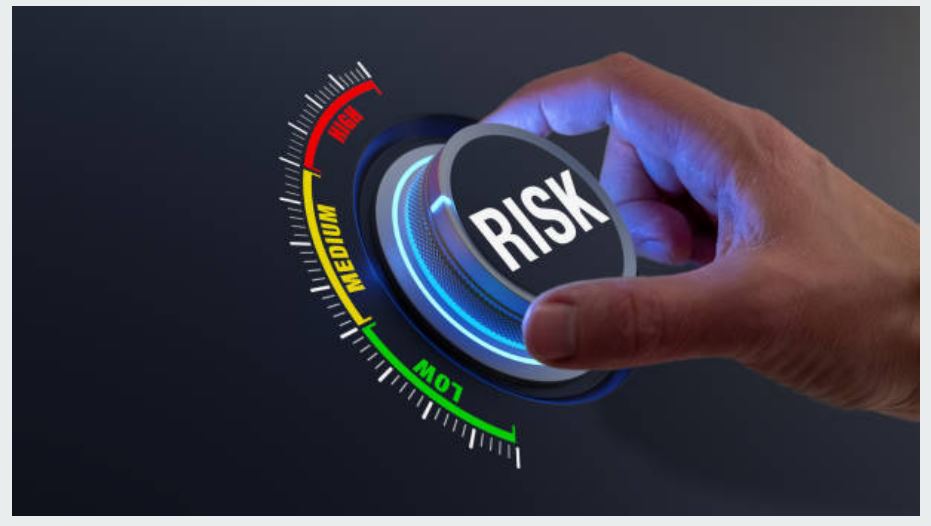Key takeaways
- It’s easy to get carried away when we see attractive returns from an investment
- This is when we need to look at the other side of the coin & make sure we do due diligence on the risks of the investment as well
- The first risk is that of having to sell & take a loss when stocks are down
- The volatility risk can be mitigated by ensuring one has a healthy percentage of non volatile assets like Fixed deposits as well as by making sure one invests over a long period of time & holds investments over a long period of time
- The second risk is that of having to cut down on your standard of living if your investments fail to beat inflation
- To address the second risk above, knowing how to accurately measure returns of your PAST & PRESENT mutual fund investments is critical
- Having a good handle on your personal inflation rate is also critical to addressing the above second risk
- Using Valueresearch you can benchmark your investment returns against public inflation data easily
- The above risk of not beating inflation can mostly be addressed by adding a healthy dose of stocks to one’s investment portfolio
- The third risk is that of running out of money during retirement
- Managing your expenses based on the results of strong research & data can help address this third risk
- In summary, making a balanced & wise asset allocation, buying into equity over long periods, holding on to equity for long periods & controlling one’s spend rate are the keys to reducing the above risks
Introduction
When investing, the first thing most people look at are the potential returns on the investment. And when the returns look attractive, it’s easy to get carried away with the returns and not do sufficient due diligence on the level of risk of the investment.
There are a wide variety of risks when investing. An earlier article of mine looked into the risks of investing in physical real estate / property in India.
This article looks into the most basic aspects of risk that one could look into when one gets into investing that involves the stock market / equity. There are many more & detailed aspects to risk when investing in equity and I intend to cover them as well in subsequent articles. This article is merely an initial look at the risks at a broad level.
1. Risk of being forced to sell stocks at a loss
One kind of risk when investing in equity is the probability of losing money. When investing in the stock market we know that stocks don’t go up in a straight line at all. Although over the long term (say 10 to 15 years) the general trend of stock prices is upward, in the short term (upto say 3 to 5 years) stock prices move up & down a lot in a zigzag manner.

As an overly simplistic example to illustrate this risk, let’s say you have 100% invested in stocks and you pay for your annual living expenses from there. If you were doing that, then for the months / years during which the brown line above was below zero on the Y axis, you would be selling stocks at a loss. And that is the risk we want to avoid.
In reality, when we stay stocks are risky (in the short term) what we are actually saying is that they are volatile. i.e. they go up & down a lot in the short term
To address this, one thing you need to do is that you must make sure that, in addition to a certain percentage of investments in the stock market, you have a sufficient percentage of money in safe (i.e. non-volatile) investments such as Fixed deposits or equivalent investments such as debt funds or Bonds. As a very simple example, one could put aside say at least 5 years of living expenses in Bonds. If you do this, then when stocks are down, you simply withdraw from the bond / debt portion of your portfolio & leave the equity portion untouched till stock markets recover. This is what is called one’s asset allocation. In an earlier article I explained 6 ways to decide on your asset allocation
Another approach that helps reduce this risk is holding stocks for longer periods. Notice in the graph above that the 5 year returns line (blue line) is much less volatile i.e. safety increases as your holding period increases.

Here’s more data from Valueresearch to prove that risk reduces as holding period increases.
The first row in the able above shows the percentage of times when there were losses. You can see that for a 3 year period there was a 10.5% chance of loss but by the time you come to a 10 year period the chance of loss is 0.8% and for a 15 year period the chance of loss goes down to zero.
The data in the table above is from Valueresearch
2. Risk of having to cut down on your standard of living
In aggregate, your entire investment portfolio needs to be able to beat inflation during your retirement years. If they don’t you would need to cut down on your standard of living.
This is where having a high percentage of your money in seemingly “safe” (i.e. non-volatile) investments such as Fixed Deposits puts you at risk. The risk here is that fixed deposits and most debt investments do not beat inflation. See the table below from valueresearch. You will observe that the Fixed deposit with 5.75% interest is minus 0.2% below inflation while the Sensex has beaten it by 4.6%

To know whether your investments have beaten inflation you need to be able to do 2 things:
- ACCURATELY measure the AGGREGATE returns of ALL your past & present investments
- Get a good handle on your personal inflation rate is also critical to addressing the above second risk
- Benchmark those returns against inflation
The way to address this risk and ensure you beat inflation is also to have a sound asset allocation. By having some percentage of your investments in equity, you can hopefully reduce the risk of your investments under performing inflation & therefore cutting down on your lifestyle in retirement.
3. Risk of running out of money during retirement
The other kind of risk when investing in the stock market is that of running out of money during retirement. Just as one example, look at the graph below from Valueresearch.

It clearly shows that if one was to withdraw at a rate of 7% of one’s investment corpus per year the 1.8 crores of money that one started with would run out in under 19 years. On the other hand if one was to withdraw at a rate of 4% of one’s investment corpus per year the money would last over 30 years.
Note: The above chart by Valueresearch assumes that the investment grows at 8% per year and that one starts with the rate mentioned on the chart & then increases it by 6% every year
The key to avoiding this risk is controlling your spending in retirement.
To address this, an earlier article of mine explains what is the maximum you can spend based on how much you have saved up.
Again, here you will likely find that if you have too little invested in stocks / equity, you might have to tighten your belt and reduce your expenses drastically in retirement – perhaps even to an extent that isn’t manageable. Once again, getting your asset allocation right is key to this as well.
Summary
In summary, to address all 3 of the risks mentioned above, you need to do the following.
- Ensure you have a good balance of equity & debt in your investment portfolio. The equity portion improves your chances of beating inflation and having a reasonable amount of spending / purchasing power in retirement & the debt portion helps you ride out the volatility of the stock market
- Spend less than what is needed to last you a 30+ year retirement
- Ensure you buy into equity investments over a long period of time
- Ensure that you hold onto equity investments for a long period of time
Disclaimer: I am not a financial advisor. My articles are meant for people who are not savvy or well versed with personal finance and investing and find it difficult to grasp all the jargon typically used when discussing such topics. I hope to be able to demystify investing and make it as simple as possible for everyone. I’ve invested in Mutual funds for approx. 24 years. I’ve also been a diligent student of the subject of investing over the past 24 years learning & applying the writings of luminaries in the field. In these articles I’m merely sharing my experience & learning from that investing journey and the books of luminaries in the field in the hope that it might help others in some way. I am in no way directly or indirectly claiming to be a hot shot investor who has generated exceptional or even above average returns during my investment journey. However, I am quite confident that even if all you do is learn from my mistakes, educate yourself on sound investment principles & develop good financial habits you will benefit greatly. Please ensure that you consult a financial advisor before taking any decisions or actions concerning your personal finances or investments. I shall not be liable.

